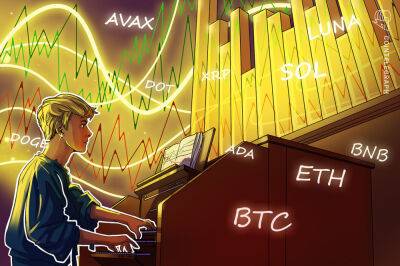Should You Buy Cronos (CRO), Binance Coin (BNB) or Calyx Network (CLX)?
Disclaimer: The text below is an advertorial article that was not written by Cryptonews.com journalists.
Interest in decentralised virtual currency continues to grow, with investors more bullish than ever on the crypto market. For those who are new to investing, crypto can be intimidating, if not downright frightening.
Today, much like a stock exchange for securities, the majority of crypto buying and selling is done through a crypto exchange due to its convenience and ease. An exchange acts as a middleman between buyers and sellers of crypto, such as Bitcoin (BTC) - the first-ever crypto - and altcoins.
Many crypto exchanges have started creating their own cryptos, such as Crypto.com with CRO, Binance with BNB and newcomer Calyx Network with CLX, which has just gone into presale.
Investors are drawn to exchange platforms’ cryptos because they’re considered more trustworthy than investing in a relatively unknown, new coin. Additionally, investing in exchange platforms’ cryptos is accompanied by rewards and benefits.
In this article, we’ll explore the differences between centralised and decentralised exchanges, so you can make an informed decision as to whether you want to purchase Cronos (CRO), Binance Coin (BNB) or Calyx Network (CLX).
The centralised crypto exchange platforms, as the name implies, often operate as a third party in a crypto-related transaction involving a buyer and a seller. Most crypto-related transactions are conducted through centralised exchanges, and many prefer this platform over others since it provides greater reliability. Centralised exchanges such as Crypto.com (CRO) and Binance (BNB) are examples.
Centralised crypto exchanges, on the other hand, come with a set of risks. One of them is the
Read more on cryptonews.com




















